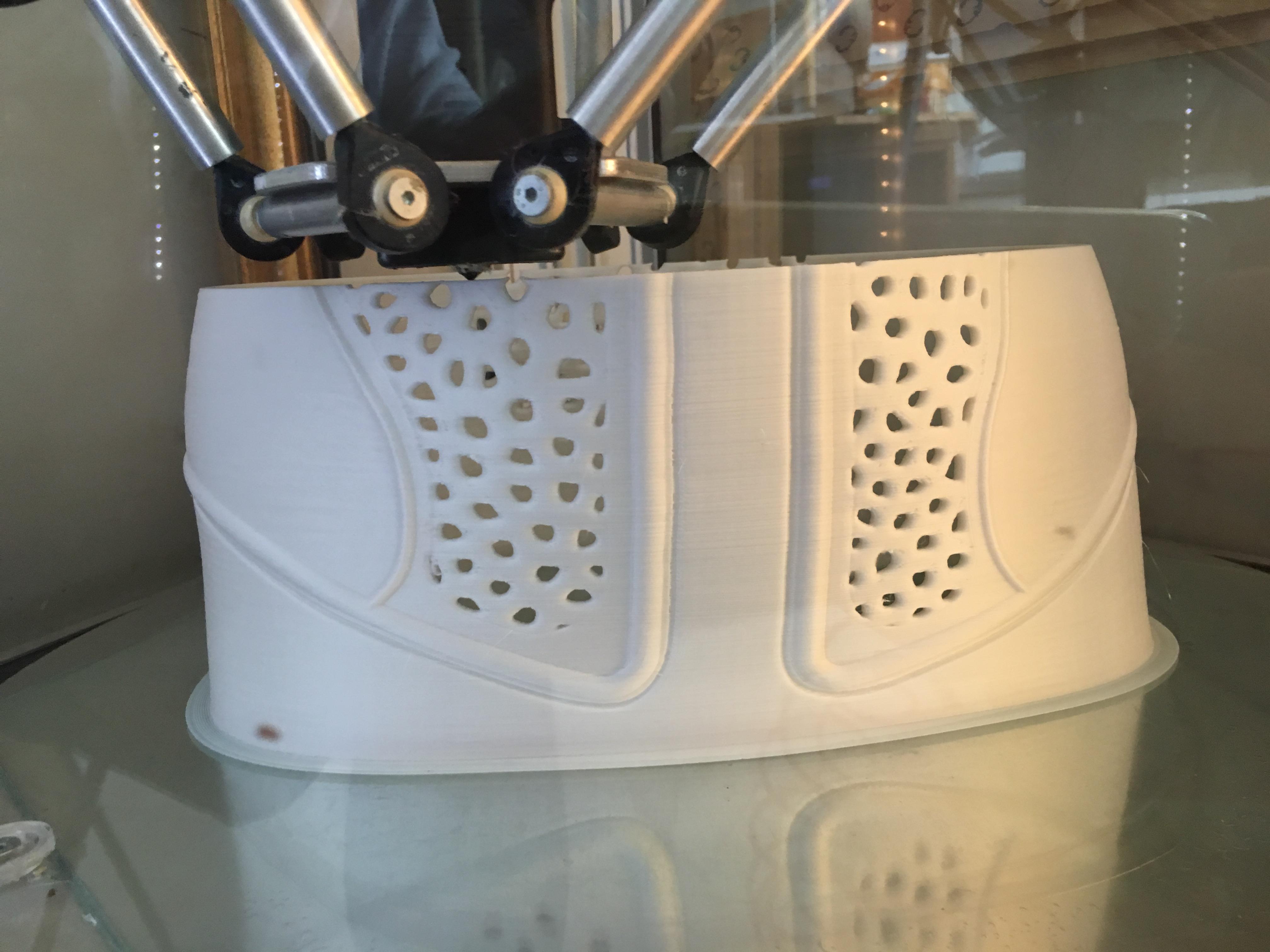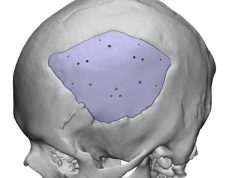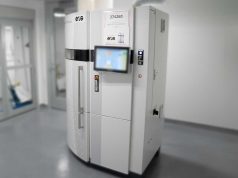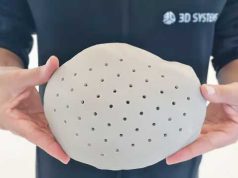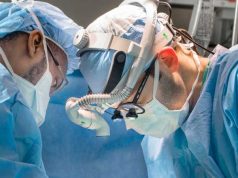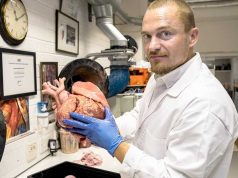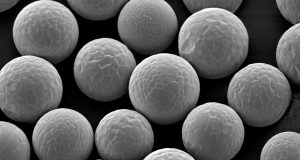Scoliosis, a condition in which a person’s spine is abnormally curved to the side, has so far been treated with uncomfortable and expensive orthopaedic corsets. Lelio Leoncini, a doctor specialised in physical medicine and therapy who recently joined the WASPmedical group, has started to use 3D printing as a way of manufacturing these corsets.
“From an orthopedic and scientific point of view, the 3D printing allows to perform on scoliosis in a more efficient and effective way than the handmade production,” Leoncini explains, who used the DeltaWASP 40 70 to produce the first corsets. “Through the virtual project, you find out how a scoliosis will develop; the production costs decrease considerably; you don’t have the problem to clear out the materials and you speed up production.”
While a hand-made corset could take a couple of days for a technician to be completed, 3D printing can double the quantity with even better quality. Not only is it much more anatomical but also more comfortable for the patient who can therefore wear it for a longer time. The 3D printed corsets also allocate the loads uniformly and thus acts in a more harmonic way. “Last but not least, it looks nicer,” Leoncini adds.
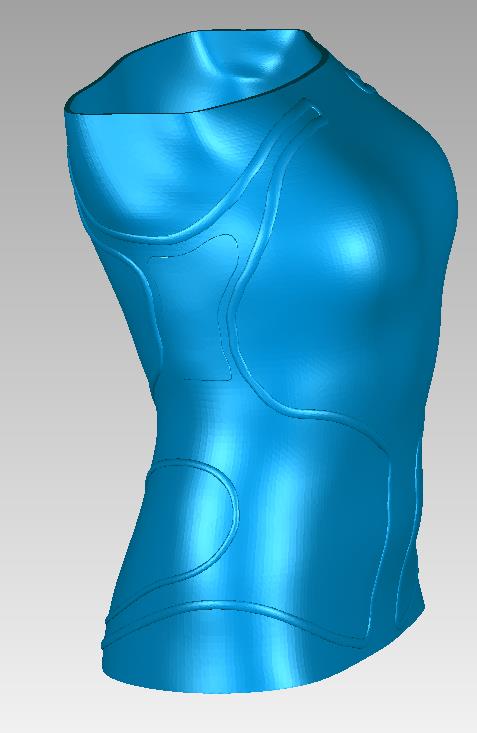 He also believes that it is fundamental to replace the plaster cast technique by precise 3D body models realised with 3D scanners, as it allows to give the corsets an exact shape.
He also believes that it is fundamental to replace the plaster cast technique by precise 3D body models realised with 3D scanners, as it allows to give the corsets an exact shape.
“Using this new technique I have been able to achieve a very high level of precision, for example you can make amendments and revisions of the model, thing which would be impossible using the traditional and more common technique of the plaster cast.”
The last series of corsets has been 3D printed using the high-temperature resistant Shogun fibre from TreeDFilaments. This material allows for the printed object to be thermo-shaped more than once. Also it feature similar characteristics to the polyethylene material that is commonly used for these corsets. The WASPmedical team will also test further fibres as possible materials for this application.
Three different types of corsets were realised during the last months, among them the modified Chenau Model, the Esoskeletal Corset and the Chair Corset.
Subscribe to our Newsletter
3DPResso is a weekly newsletter that links to the most exciting global stories from the 3D printing and additive manufacturing industry.



